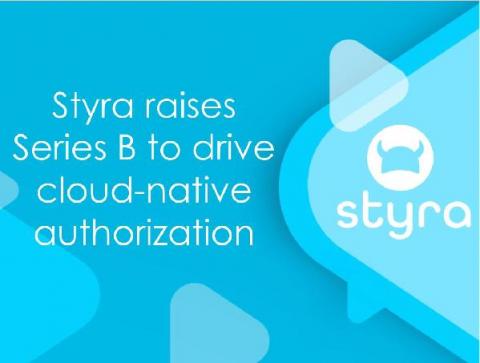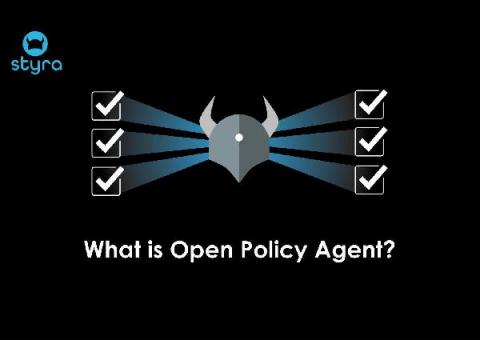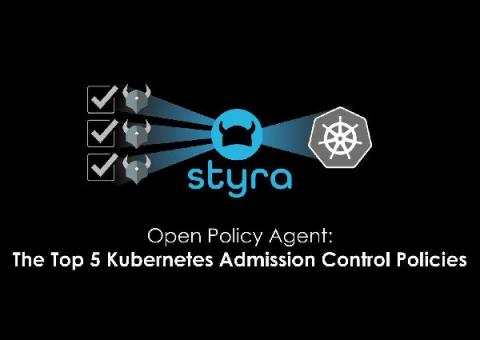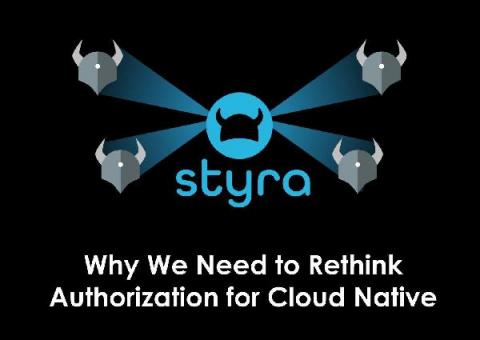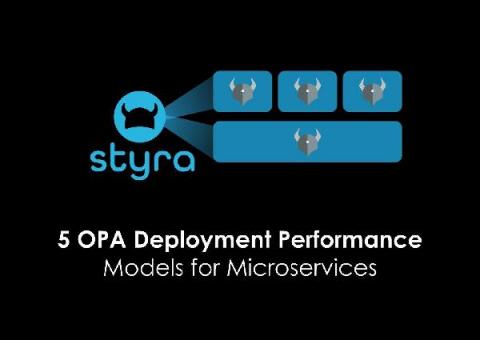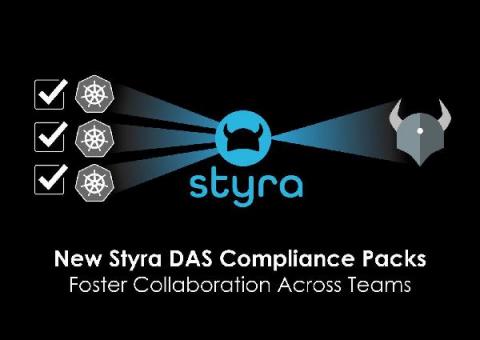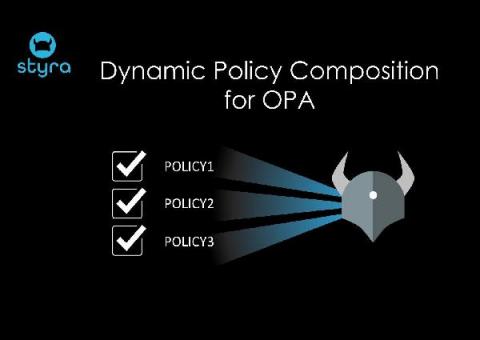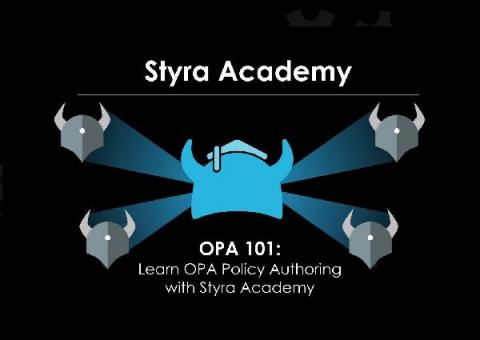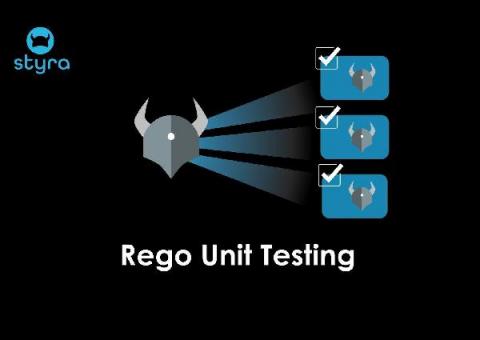Styra raises Series B to Drive Cloud-native AuthZ
In November 2019, just after Styra raised $14 million in our Series A funding round, I wrote that the market’s move away from monolithic apps and adoption of containerized cloud-native application architectures was going to provide “a substantial market opportunity for policy and authorization to evolve.” A lot has happened since I wrote that, and I’m happy to report that while our Series A round showed the market opportunity, our latest round of funding proves the validity of t


